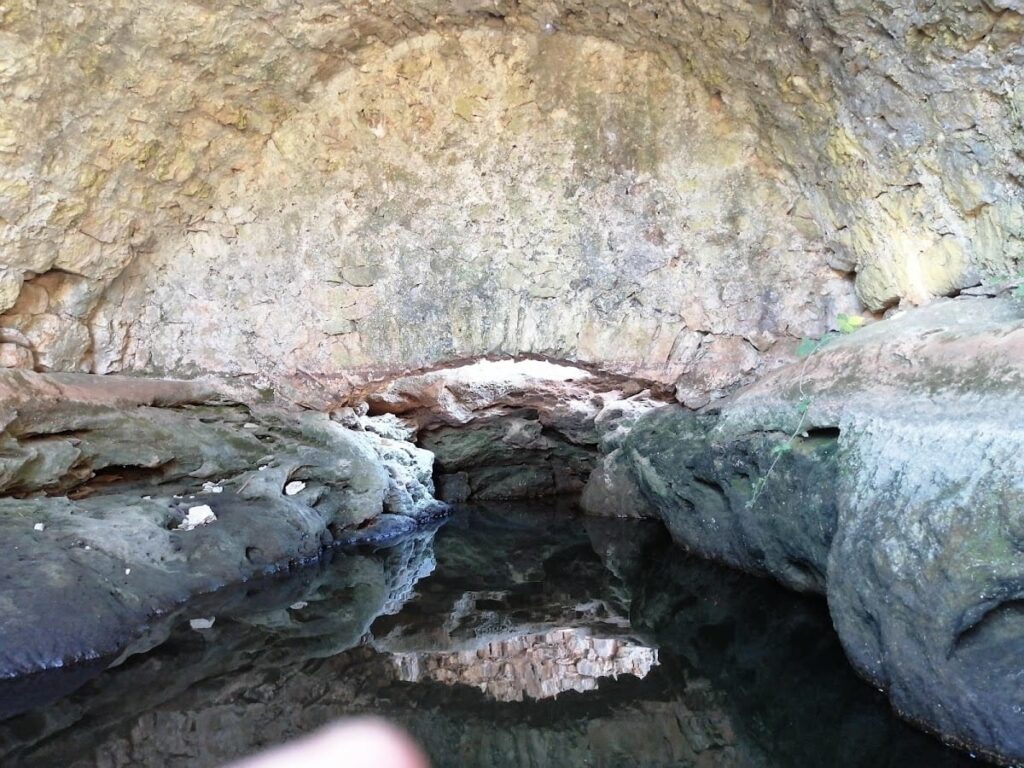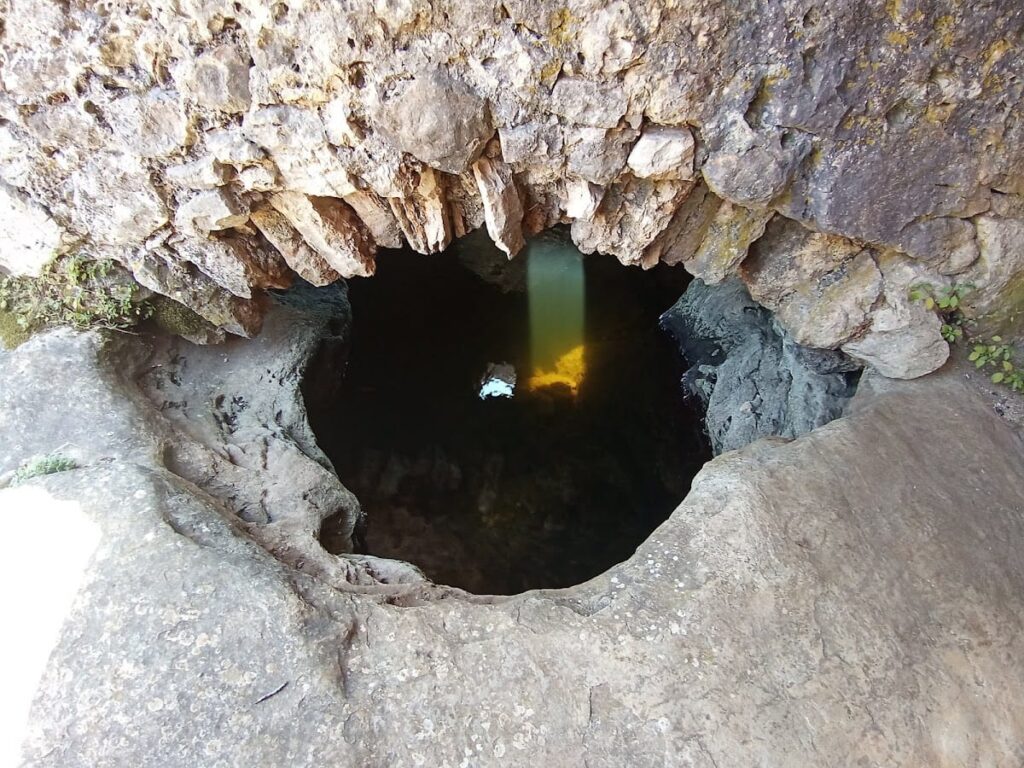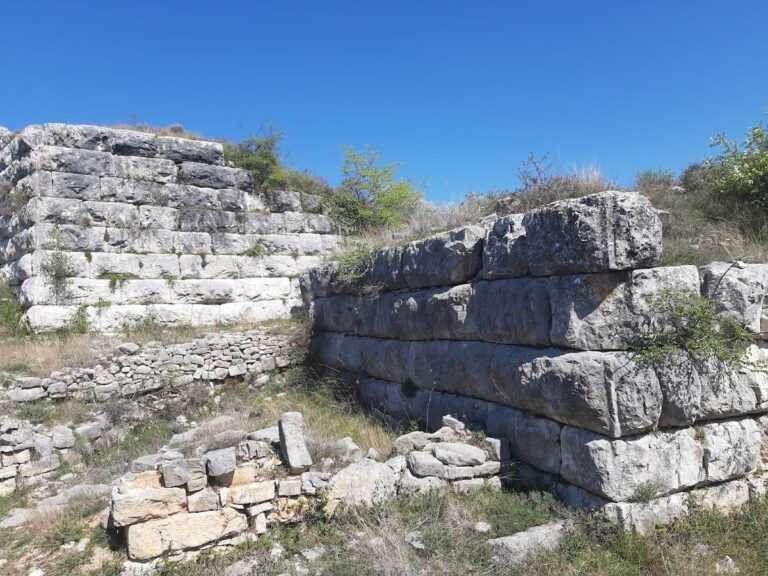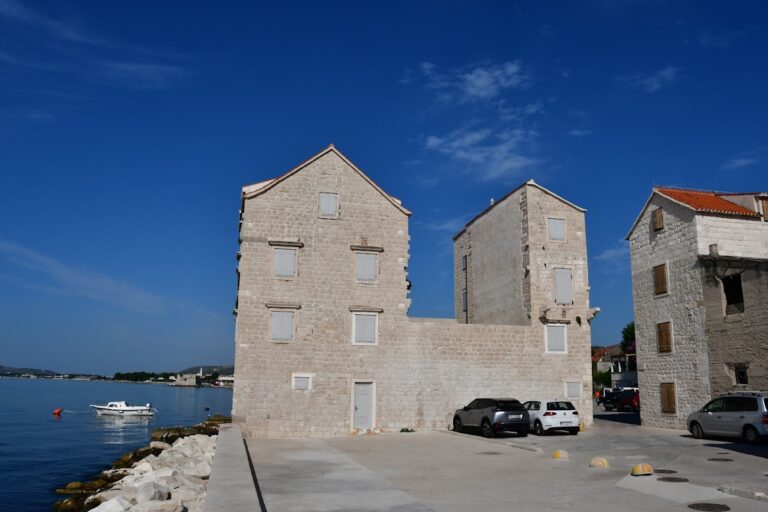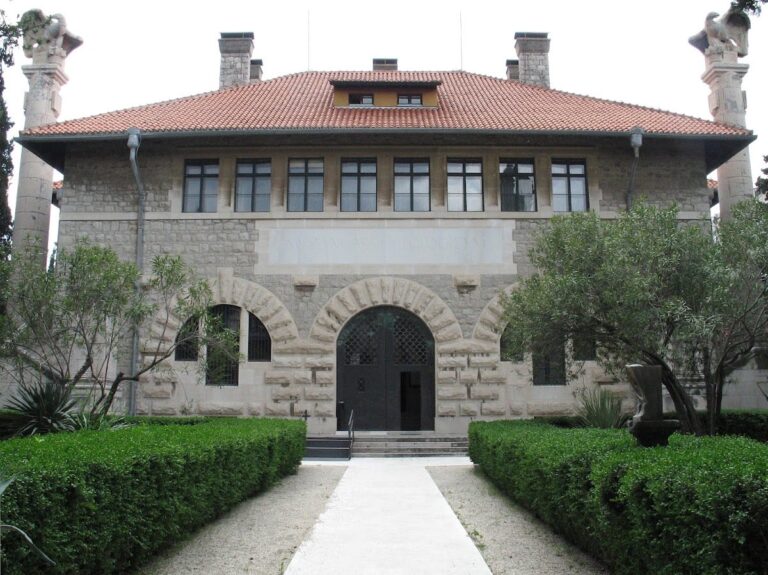Velika Mrdakovica: An Ancient Liburnian and Roman Settlement in Croatia
Visitor Information
Google Rating: 4.7
Popularity: Very Low
Google Maps: View on Google Maps
Country: Croatia
Civilization: Roman
Remains: Burial
History
Velika Mrdakovica, located near Vodice in Croatia, corresponds to the ancient settlement known as Arauzona. This site was originally established by the Liburnians, an Illyrian tribe inhabiting the Adriatic coast, and later became part of the Roman world. The settlement is mentioned by the Roman author Pliny the Elder, confirming its existence during Roman times.
The earliest archaeological evidence at Velika Mrdakovica dates back to the 4th century BCE, with graves indicating a pre-Roman presence. Between the 3rd and 1st centuries BCE, the necropolis expanded, showing clear influences from Hellenistic culture, which spread through the region following Alexander the Great’s conquests. This period reflects cultural exchanges and the adoption of Mediterranean burial customs.
During the Roman era, Arauzona developed into a fortified settlement with a residential complex. The construction of defensive walls and organized streets suggests a well-planned community. The site remained occupied through Roman times, serving as a local center within the empire.
By the end of the Roman period, the site was eventually abandoned. The reasons for this decline are not documented, but the archaeological layers show a clear end to habitation. The name Velika Mrdakovica is a modern designation, while the ancient name Arauzona is preserved in classical sources.
Remains
The archaeological site of Velika Mrdakovica is enclosed by defensive walls made from broken stones. Inside, the settlement is divided by streets, indicating an organized urban layout.
Residential buildings were constructed using finely cut stone blocks joined with clay mortar. These walls were later covered with plaster. Some houses included stone-carved cisterns designed to collect rainwater.
Excavations uncovered about one hundred graves, some dating back to the 4th century BCE. The older graves, from the 3rd to 1st centuries BCE, display Hellenistic influences in their design and burial customs. These funerary remains provide insight into the cultural practices of the inhabitants.
Artifacts found at the site include metal clasps, ancient coins, fragments of glass, and pottery shards. These objects reflect a rich material culture and trade connections. The foundations of buildings and fortifications remain visible, preserving the settlement’s layout and defensive features.
Today, many of the artifacts from Velika Mrdakovica are housed in the Šibenik City Museum. The site itself retains fragmentary remains of its structures and walls, offering valuable evidence of its historical development.

